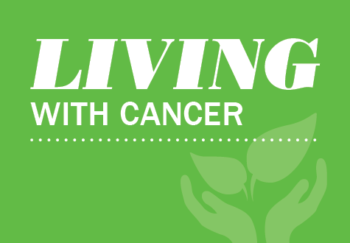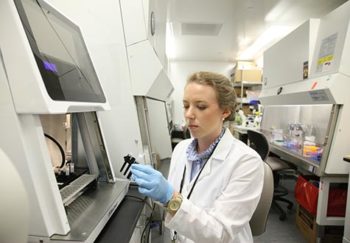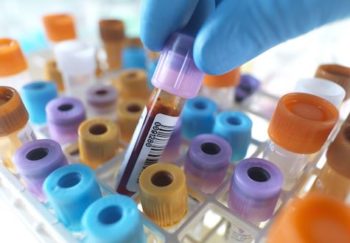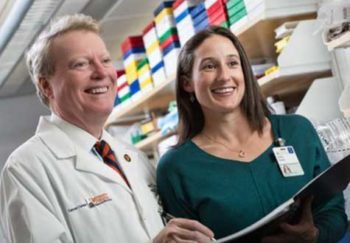
Each year, only about a thousand people are diagnosed with large granular lymphocyte leukemia (LGLL). A rare disease like this presents challenges because there’s no standard treatment protocol.

Each year, only about a thousand people are diagnosed with large granular lymphocyte leukemia (LGLL). A rare disease like this presents challenges because there’s no standard treatment protocol.

If you’ve been diagnosed with LGL leukemia, your symptoms may fall within a wide range, from asymptomatic (no symptoms) to symptoms such as severe fatigue. If you also have rheumatoid arthritis, you may experience joint pain.

While some LGL leukemia patients lead fairly normal lives, with occasional illnesses, others get recurrent infections that prevent them from working and fun activities.

LGL leukemia is a rare cancer, with only about 1,000 people diagnosed per year in the U.S. But there are informative and supportive resources available.

Clinical trials for LGL leukemia research are exceptionally challenging to fill when there are only about 1,000 people each year receiving this diagnosis.

UVA researchers are finding links between vitamin D and LGL leukemia. The research began at the urging of a patient and was funded through donations to the LGL Leukemia Research Fund, which is supported primarily by patients and other individuals.

If you’re familiarizing yourself with large granular lymphocyte (LGL) leukemia, you’ve probably come across information about DNA mutations and STAT proteins.

Your LGL leukemia prognosis will determine the type of treatment you need. Learn about the treatment options available to you.

The LGL Leukemia Program not only provides treatment, but also strong research and support program, giving you access to the most advanced treatment option.

In LGL leukemia, a type of white blood cell grows larger than normal and begins to outnumber other blood cells. Treatment is varied, but research continues.
Get stories & health tips every week